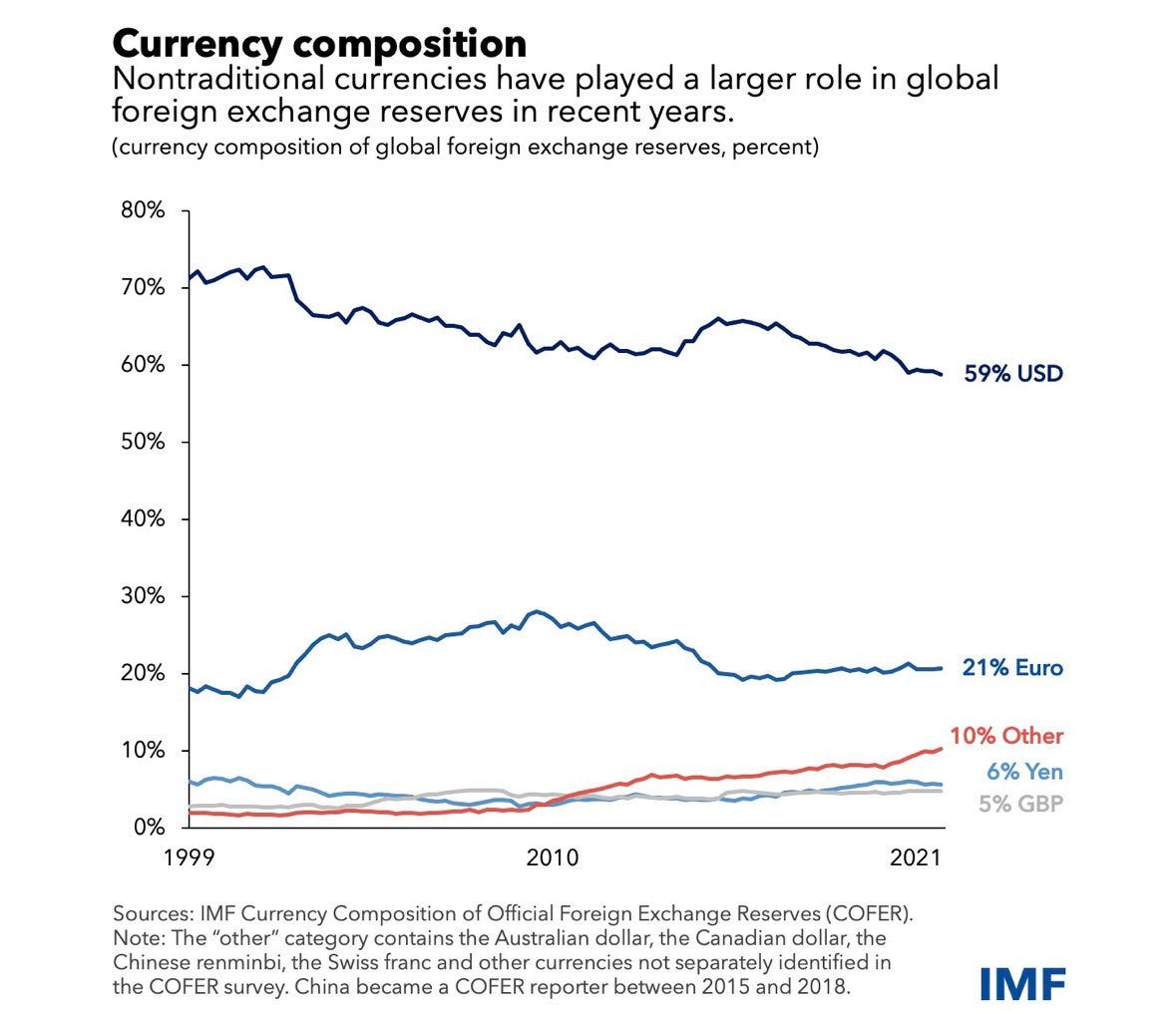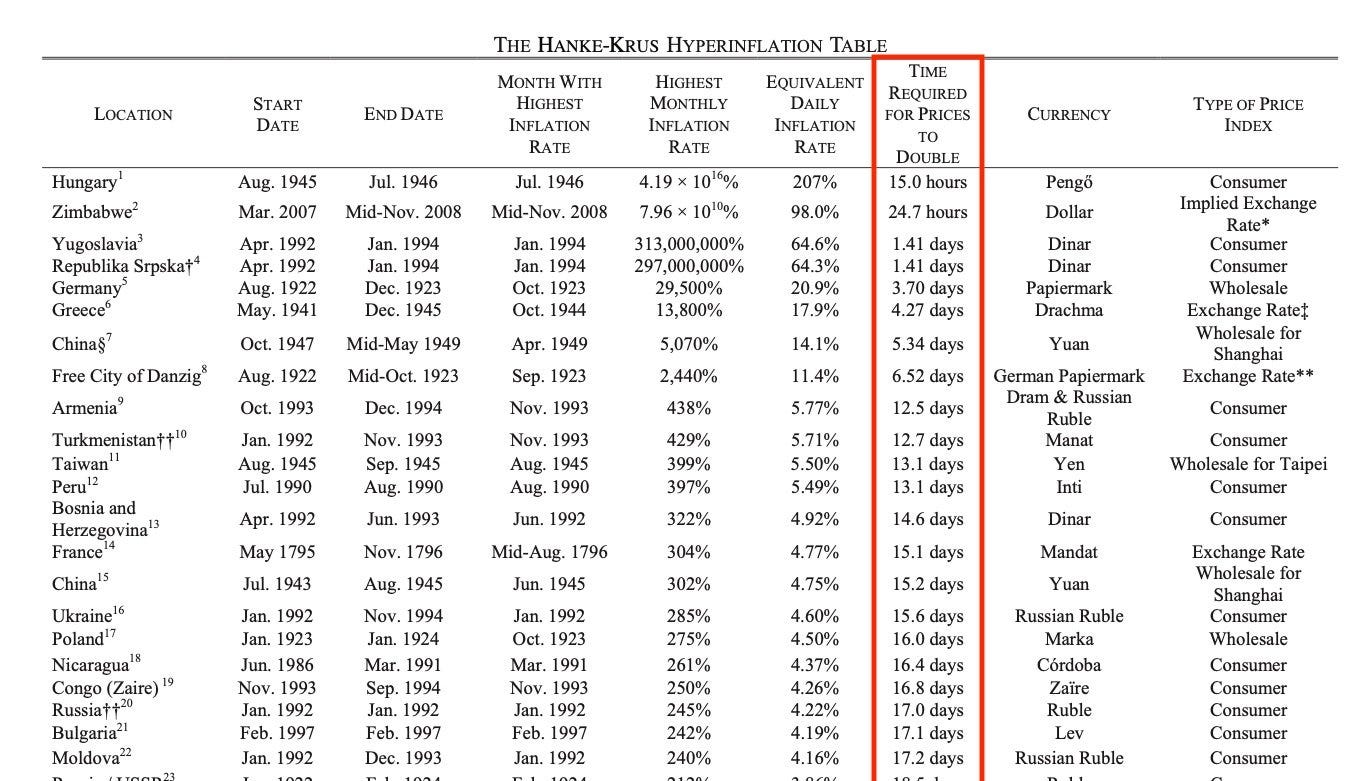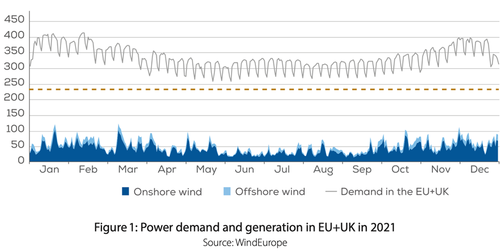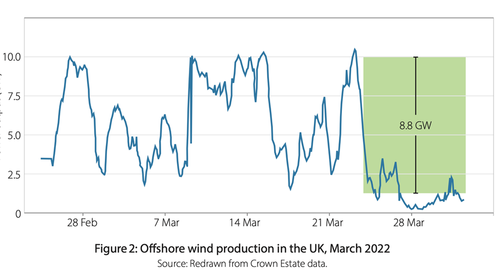Forget the Global Collapse. Be Mad at Trump and Putin Instead
By Marie Hawthorne
Oh, the Ides of March. Julius Caesar was killed on March 15, over 2000 years ago. On March 17 this year, an arrest warrant was issued for Russia’s Vladimir Putin, and on March 18, former President Trump announced that he expected to be arrested soon. What is it about this time of year?
If you’re curious about Caesar, read Shakespeare’s play. Or watch HBO’s Rome.
If you’re curious about Putin and Trump, read on.
The warrant for President Vladimir Putin
On March 17, the International Criminal Court issued an arrest warrant for Russia’s President Vladimir Putin. The ICC claims that Putin has violated human rights by illegally transferring children from occupied parts of Ukraine to Russia.
So, what does this mean, exactly? If the ICC issues an arrest warrant, who goes and grabs Putin and puts him in jail?
The arrest warrant is symbolic. The ICC doesn’t have its own police force, which means that they rely on the law enforcement agencies of its 123 member nations to carry out the arrests they want. Russia has never been part of the ICC; neither has the United States or China. Ireland, Croatia, Austria, and Germany have said that they will carry out the arrest if Putin comes to their countries.
His travel within Europe might be a little more restricted, but that will probably be the only way in which Putin is affected.
And even some of the ICC signatories have proven unwilling to carry out the arrest. South Africa, for example, still plans to host Putin for the 2023 BRICS (Brazil, Russia, India, China, South Africa) Summit. South Africa has refused to condemn the war in Ukraine, and government leaders say that they’re looking at all options right now. Hungary has said that they will not arrest Putin. The UK and France, like South Africa, aren’t making any commitments.
The Russians are angry, though. Shortly after the ICC issued its warrant, former Russian President Dmitry Medvedev threatened the judges that issued the warrant with missile strikes.
And while Putin likely won’t wind up in jail, his arrest warrant will make it difficult for him to travel to any individual country in Europe that may have wanted to negotiate with him. Making individual peace treaties more difficult to discuss may be the biggest effect of this arrest warrant.
President Donald Trump is facing legal trouble too.
And Putin isn’t the only world leader with legal troubles at the moment. Former President Trump began making claims on his Truth Social media account about getting arrested the week of March 20. He said he expected to be arrested Tuesday, though that didn’t happen.
What’s this all about? Well, the former stripper Stormy Daniels claimed she and Trump had an affair in 2006. In 2016, when Trump first ran for president, she went to the press and made noise about it. Trump has denied the affair since day one, but in 2016 his lawyer at the time, Michael Cohen, gave her $130,000 to sign a non-disclosure agreement.
Is this kind of scummy? Sure, though, in my personal opinion, if Stormy had had any hard evidence, she would have gotten more than $130,000 out of him. In 2016, Donald Trump had a net worth of $4.5 billion. $130,000 isn’t even chump change for someone with that kind of money. But I could be wrong.
More importantly, though it looks bad, it’s actually not illegal. And as professor and constitutional law expert Jonathan Turley explained on Fox last weekend, there are a multitude of reasons that the indictment probably won’t go anywhere, unless some totally new information comes to light.
A grand jury session had been assembled to vote on whether or not Trump would be indicted. They were supposed to vote on whether or not the payment made to Stormy Daniels back in 2016 violated campaign finance laws. However, on Wednesday, March 22, the jury session was called off with no apparent reason being given.
Why are these efforts to arrest controversial world leaders happening?
So, there are efforts being made to arrest Trump and Putin, two controversial world leaders widely hated by establishment figures but who enjoy a wide base of grassroots support nonetheless.
And I suppose I should make it clear that I don’t particularly like Trump or Putin. I think the religiosity of both is a sham; I think they use it to manipulate voters and portray a certain image. Putin, particularly, knows how bitterly Russians resented the Soviet crackdown on religion. He knows how much the rest of the world is tired of Western leaders promoting values that don’t necessarily align with theirs. Putin uses that resentment to his advantage, promoting himself as the defender of traditional values against the decadent Westerners.
This, of course, is pure political theater.
If you want details of how Russians and Ukrainians are treating each other, you can read the UN’s Report on the Human Rights Situation in Ukraine. Russian soldiers have been brutally beating up Greek Catholic and Protestant missionaries, telling them that only Orthodoxy is allowed. However, when Zelensky bans not only Russian but also Ukrainian Orthodox Churches, repossesses church property, and expels clergy, of course, Putin uses it to prove his point.
Trump, likewise, is a master of self-aggrandizement in all its forms.
Having said that, both men are nationalists. They are not team players. They want to rule their own respective countries and aren’t overly upset by what the international community thinks of them.
And that might be the real issue.
These arrest warrants and threats of criminal charges reek of desperation. Trusted institutions, from the government to health to banking, have been losing their authority; the powers that be are desperate to fixate our minds on anything other than their own failures.
It’s not working. People are asking inconvenient questions about the war in Ukraine, and indeed a few major Republican players, like Ron DeSantis, are openly questioning why Americans are hemorrhaging money we don’t have into what he called a “territorial dispute.” Too many medical professionals have been coming forward with details of what went wrong during Covid. With the largest bank failures since the 2008 financial crisis, global banking is a total mess right now.
American emperors are not the only ones being disrobed. The Dutch political party representing those protesting farmers just won 15 out of 75 parliament seats, making it the largest party in the high chamber. This was a party that didn’t exist five years ago.
Massive protests have forced transportation within Germany to grind to a halt. Even though this has been hugely disruptive for the average German, a majority (55%) support the strikes. Striking workers are demanding a 10.5% pay raise to help them deal with ever-increasing inflation. The February overall inflation rate was 9.3%, though food prices were 21.8% higher and energy prices were 19.1% higher than the previous year.
Over a million people took part in French protests last week, some of which became violent. The French have been protesting the government’s attempts to raise the retirement age.
Hundreds of thousands of Israelis have been protesting judicial reforms this week. As well I feel obliged to point out that Yuval Noah Harari, Klaus Schwab’s right-hand man, has been giving speeches in favor of the protesters. I really don’t understand Israeli politics well enough to say I support one side or another.
In Greece, tens of thousands of people have taken to the streets for weeks to protest the horrific train crash that killed 57 people, mostly students, and injured more than 80 others. Despite crippling high taxes, Greeks feel that neglect of the infrastructure was responsible for the disaster, and they are demanding accountability and justice for the victims.
My point is simply that people around the world are furious, and they’re starting to cause trouble.
The charges against Putin and Trump are redirection.
I think the charges being leveled against Putin and Trump are establishment attempts to channel people’s rage against figures whom it’s currently acceptable to hate.
The truth is, the reasons for the protests above are varied, and unless the quality of life starts improving for a lot of people really fast, it’s going to be hard getting that rage genie back in the bottle.
By “quality of life,” I don’t mean more stuff. Americans have been getting overly distracted by cheap crap for years. I don’t mean more “conveniences,” either. Many people in the First World, while not about to freeze or starve, simply want more control in their day-to-day lives, whether it’s what their children are learning at school or if they have chicken or crickets for dinner. People all over the world feel as though their ability to choose their own life journey is disappearing, and they are angry.
And many other people, some within the First World and more that are not are getting closer to freezing or starving. They’re angry too. It’s a big, ugly package.
So, what does this have to do with prepping?
Situational awareness is vital to prepping. People have had varying degrees of pain over the past few years; if you’ve been blessed with a great deal of job security and flexible childcare arrangements, count your lucky stars. And watch what’s going on near your neighborhood. I hope I’m wrong; I might be. But I also think it would be foolish to ignore the protests.
The political theater surrounding Trump and Putin is an attempt to distract from the worldwide rage bubbling just below the surface. If you haven’t been paying attention to civil unrest in your area, I think now is a good time to start.
But what do you think? Why do you feel that these charges are being levied right now? Do you think they’re legitimate charges? Do you believe that there’s merit to them? Or do you think it’s a distraction? And if so, what are we being distracted from?

Original source: https://www.investmentwatchblog.com/forget-the-global-collapse-be-mad-at-trump-and-putin-instead/





























